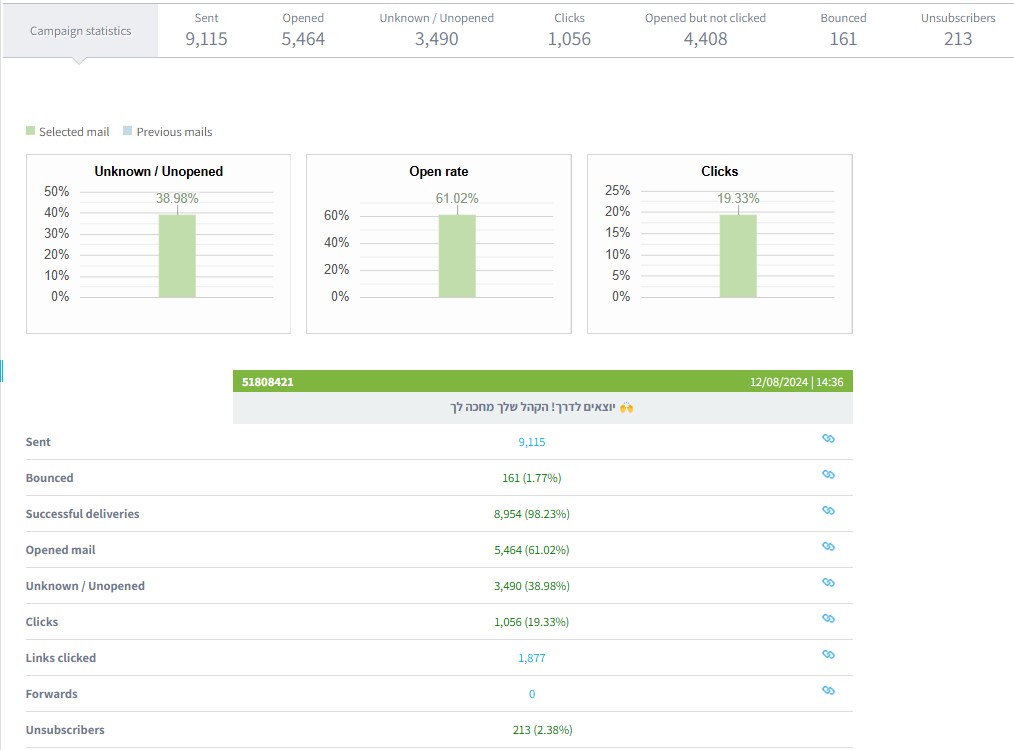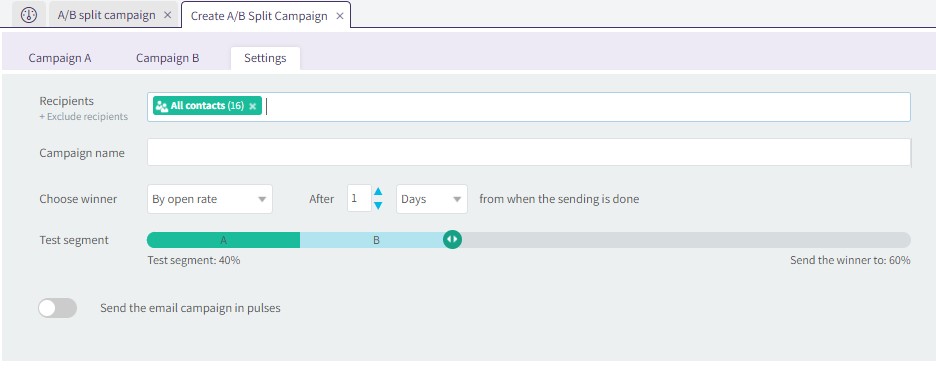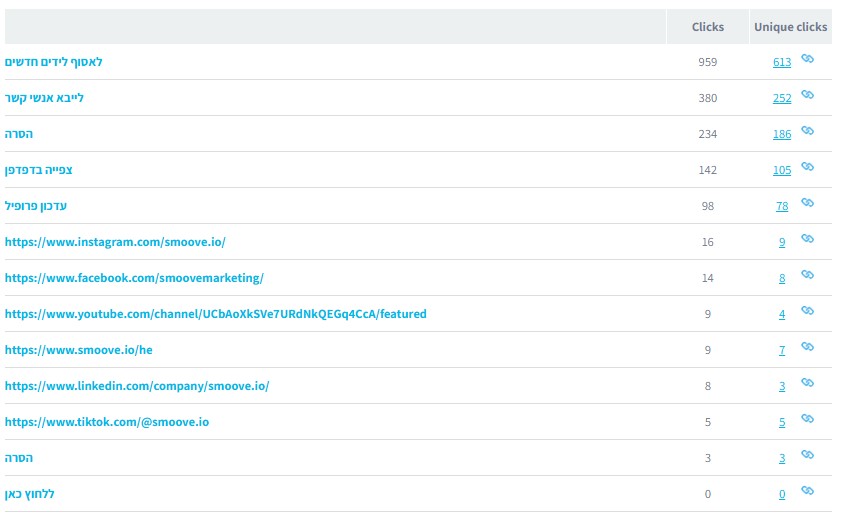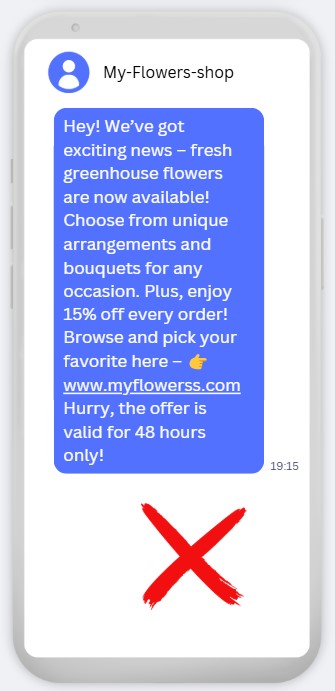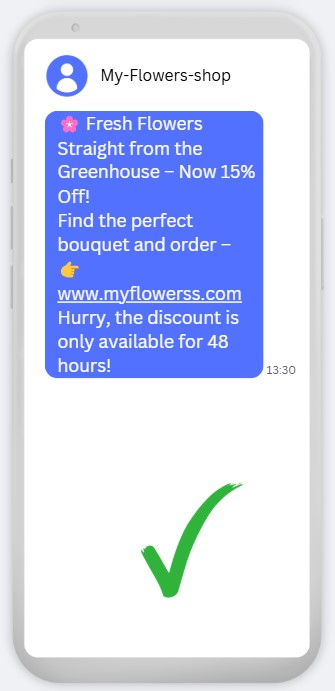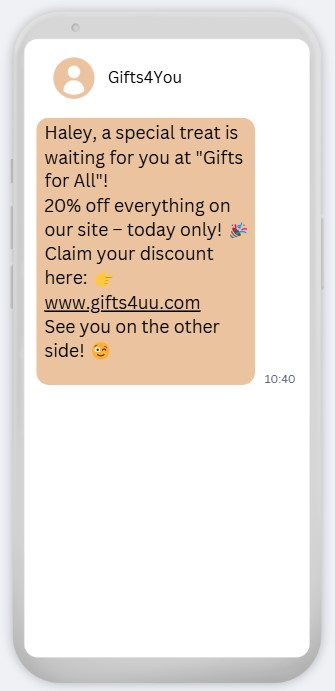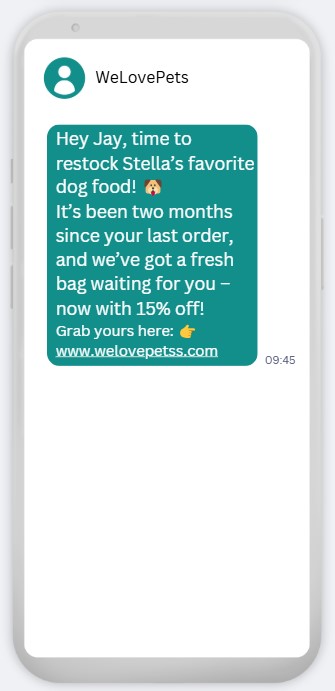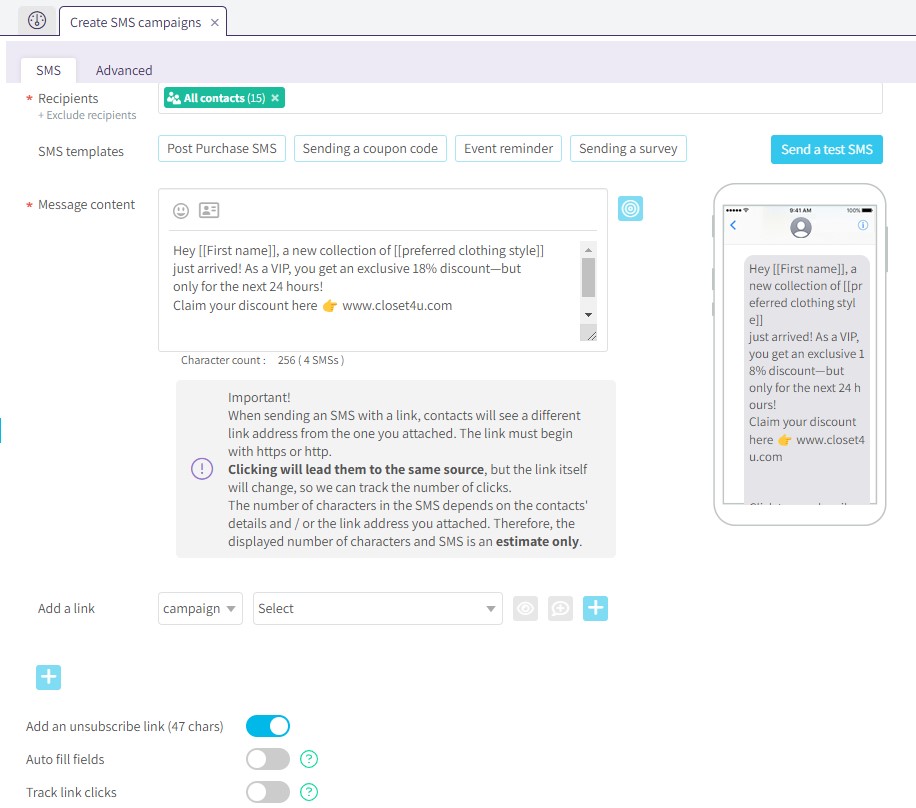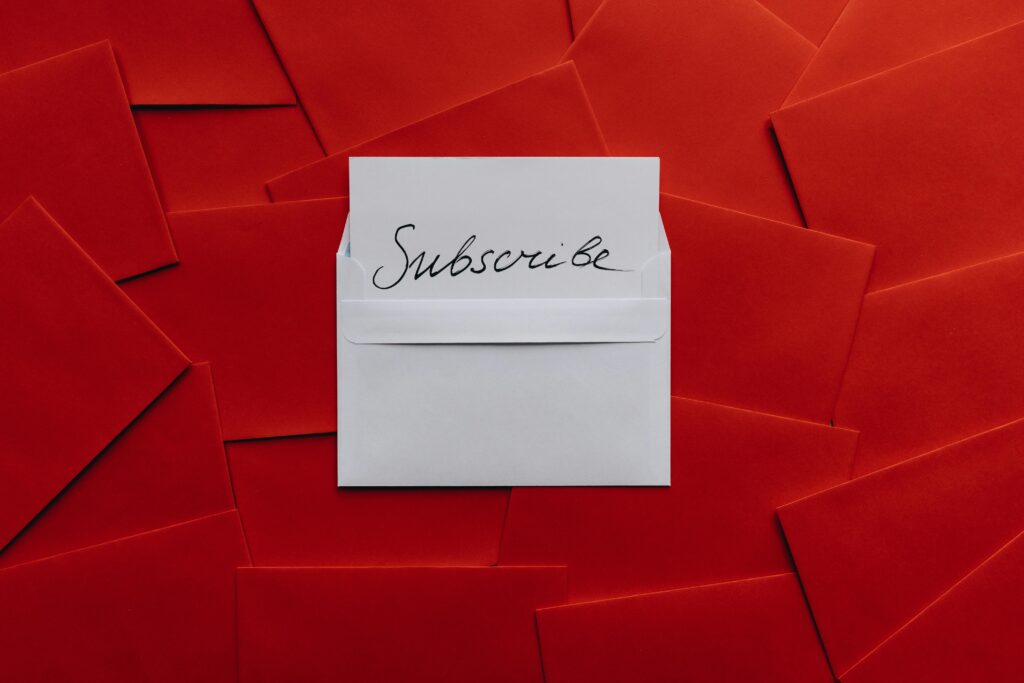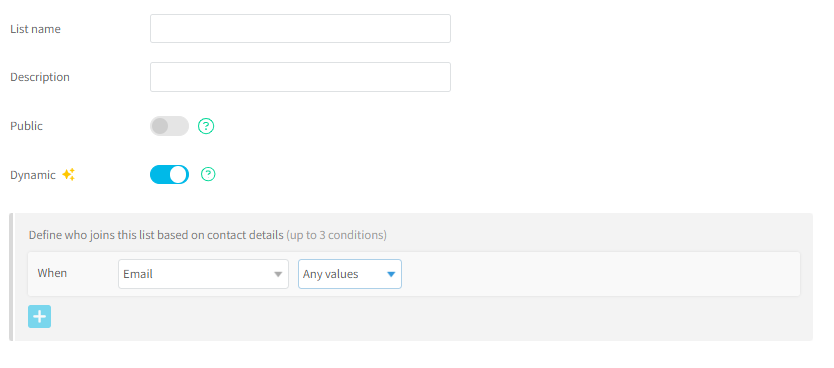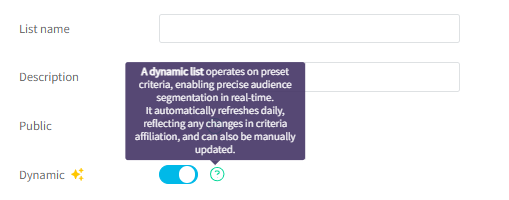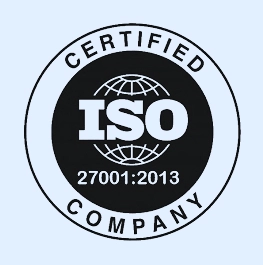In today’s digital world, webinars have become a powerful marketing tool that helps businesses connect with audiences in a meaningful, interactive, and scalable way. Whether you’re looking to showcase your expertise, generate high-quality leads, or build trust with potential clients – a webinar can do the trick. Wondering how to make it work for your business? This guide has you covered.
What is a Webinar?
A webinar (short for “web-based seminar”) is a live, online session where hosts can present, teach, or engage with participants from anywhere in the world. It’s interactive, personal, and highly effective when done right. Unlike other marketing channels, webinars allow for real-time Q&A, audience engagement, and a human touch — all without leaving your desk.
A Brief History of Webinars
Webinars started gaining traction in the early 2000s as businesses looked for ways to meet and collaborate remotely. With the rise of better video and audio quality, plus user-friendly tools, webinars evolved into a key part of digital marketing strategies. Today, they’re fully integrated with automation platforms, allowing marketers to manage registrations, track performance, and follow up — all with minimal effort.
Why Webinars Work So Well for Business
Build meaningful connections
Webinars help you engage large audiences while keeping it personal. You can answer questions in real time, adapt your message, and show that you really understand your audience.
Position your brand as a trusted expert
Use webinars to share your knowledge, teach something valuable, and prove your authority in your field. It builds trust – and trust builds loyal customers.
Generate quality leads and boost sales
Attendees have already shown interest by signing up. Now you can present your solution in context, answer objections on the spot, and move them one step closer to conversion.
Go global, effortlessly
No flights, no hotels, no limits. With a good internet connection, your reach becomes international – at a fraction of the cost of physical events.
4 Reasons Webinars Shine in the Digital Age
- Remote-friendly & digital-native – Perfect for hybrid teams and online audiences.
- Cost-effective – Skip the venue rental, catering, and travel expenses.
- Reusable content – Record once, repurpose forever. Share it as gated content, a free replay, or part of an online course.
- Track everything – Modern platforms give you insights into engagement, attendance, and audience behavior, so you can improve with each session.
Top Business Use Cases for Webinars
- Employee & customer training
Standardized, high-quality training for internal teams or clients – no matter where they are. - Interactive workshops & online courses
Webinars are perfect for hands-on learning. Use breakout rooms, polls, and whiteboards to keep things engaging and collaborative. - Live Q&A sessions
Let your audience ask questions and get real-time answers. It’s a great way to strengthen relationships and address concerns head-on. - Product launches & announcements
Show off your newest product, share financial results, or make big announcements. With live demos and real-time feedback, you get more attention and buy-in.
Planning a Webinar That Works: A Step-by-Step Guide
Start with the right content
- Tailor your message to your audience’s pain points and interests
- Keep it interactive – ask questions, use polls, and encourage participation
- Set time aside for Q&A to drive engagement and add value
Pick the perfect time
- Know your audience’s habits – when are they online and available?
- Mid-week webinars (Tuesday–Wednesday, around 10 AM–2 PM) tend to perform best, but test what works for your audience
- Want to be sure? Run a quick survey with time slot options before setting the date
Invest in the right tools
- Choose a reliable platform with good audio, video, and engagement features
- Use marketing automation to manage invites, reminders, and follow-ups
- Don’t forget the tech setup – quality camera, mic, and lighting make a difference
Promote it like a pro
- Landing page – Clear, focused, and easy to sign up
- Automation – Use tools like smoove to segment your audience, send reminders, and track performance
- Social media – Create buzz across channels with visuals, short videos, and even paid campaigns if needed
Zoom vs. Webinar Platforms – What’s Right for You?
Zoom is great for small meetings and internal calls. But for professional digital marketing, dedicated webinar platforms offer more: registration tools, built-in analytics, payment options, and large-scale broadcasting features. Your choice should depend on your goals, audience size, and budget.
Final Thoughts
Webinars aren’t just a trend – they’re a smart, strategic way to connect, convert, and grow. With the right planning, content, and tech, you can turn a single event into a business asset that builds trust, captures leads, and drives results. Whether you’re new to webinars or looking to level up, now’s the time to take your message online and let your brand shine.




